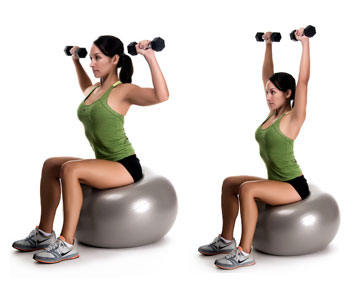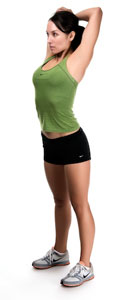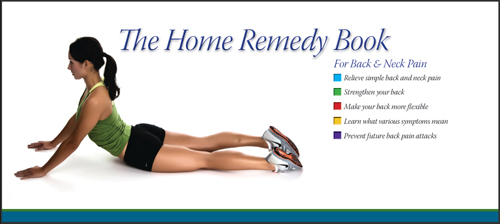- Locations
- Find a Physician
- By Physician
- By Department
- The Center for Spine Health
- Hand & Wrist Center
- Shoulder & Elbow Center
- Foot & Ankle Center
- Joint Replacement Center
- The Sports Medicine Center
- Pediatric Orthopedic Center
- Trauma & Fracture Center
- Osteoporosis and Bone Health
- Oncology Center
- Cartilage Repair Center
- Concussion Rehab Center
- OrthoDirect
- Careers
- Patient Portal
- Intranet
The best way to prevent injury is by having strong, flexible muscles and joints which resist strain and injury. Stretch slowly, and never do any exercise that causes pain. If you are an athlete, your legs take a lot of abuse. Here are some advanced exercises for those with healthy knees, legs and arms that will get you ready for your sport.
 Shoulder Exercise Menu
Shoulder Exercise Menu

While sitting on a ball or chair, with dumbbells in each hand. Position your arms at shoulder level as shown, and then press upward to the ceiling. Repeat 10 times. Try to do 3 sets.

Secure your theraband or Sportcord near the top of the door frame. Start pulling down and across the body (as shown). Be sure to keep the thumb pointed up when at the top of the pattern and rotate it down as your arm descends. Repeat 10 times.

Anchor your theraband or Sportcord at the top of doorframe. Grasp the ends/handles, and pull down toward your hips, keeping your upper arms by the side of your body. Hold for 5 seconds, then relax. Repeat 10 times.

Position hands behind head as shown. Grasp right elbow with left hand and pull toward the left slightly to feel a stretch in the right tricep. Hold for 5 seconds, and then repeat with other arm.
Sit erect on Swiss ball with your chest out, shoulders relaxed and back. Maintain your lumbar curve and keep abdominal muscles tightened. Hold weights in hands and lift alternately bringing hands to shoulder level and down. Remember to relax shoulders and keep shoulder blades down and back. Repeat 10 times with each arm, alternating.
*Roll mouse over image to view full exercise.
NOTE: We recognize that people will diagnose and treat themselves. We have provided this medical information to make you more knowledgeable about nonsurgical aspects of care, the role of exercise in your long-term recovery, and injury prevention. In some cases exercise may be inappropriate. Remember, if you diagnose or treat yourself, you assume the responsibility for your actions. You should never do any exercise that causes increased pain. You should never do any exercise that places body weight on a weakened or injured limb or back.









